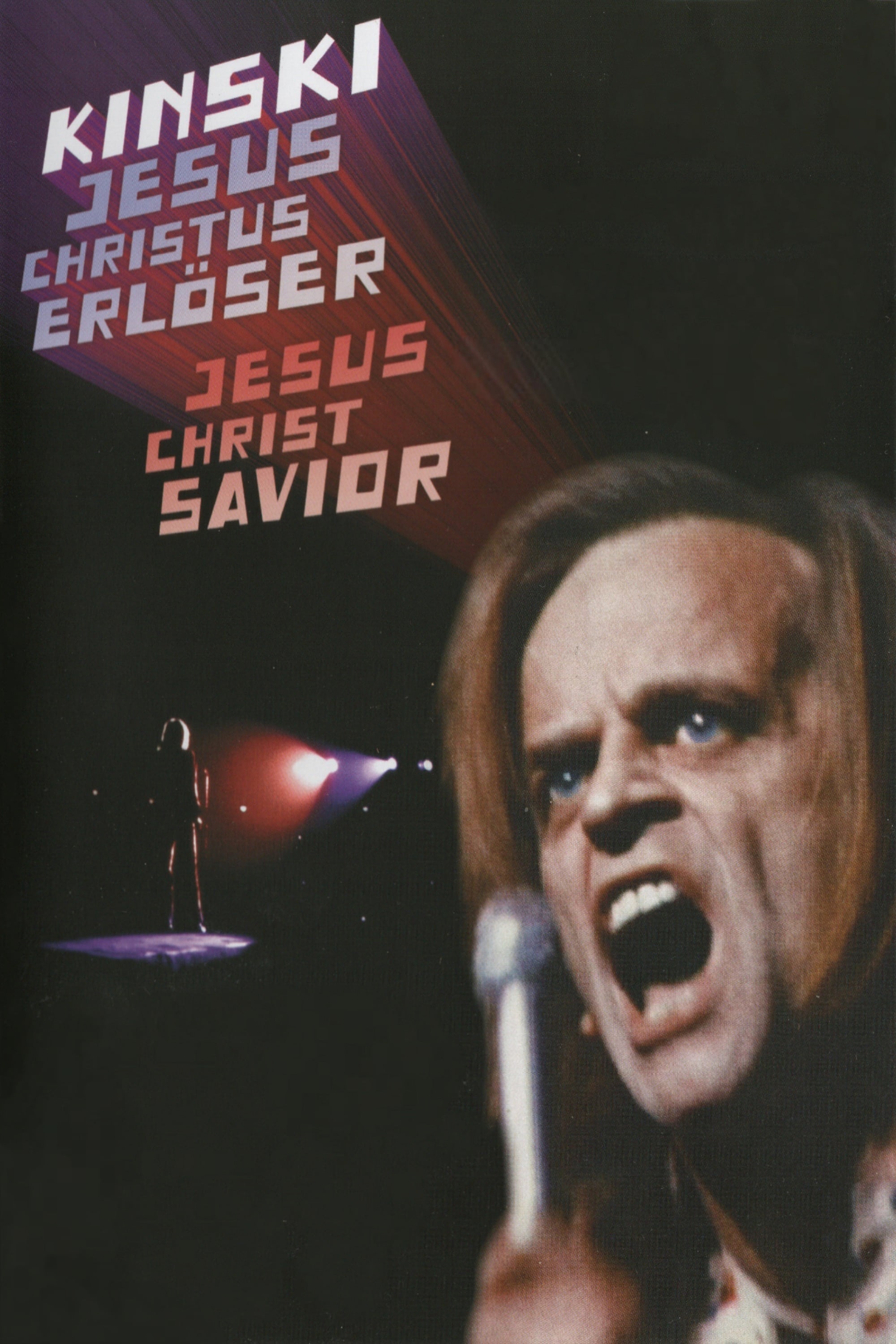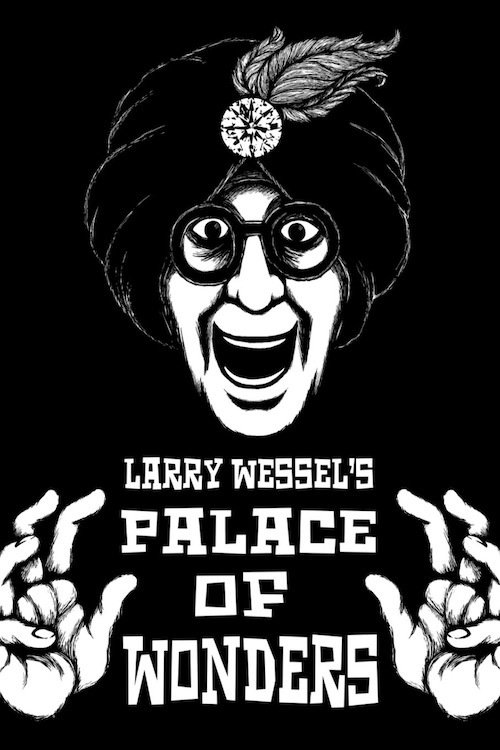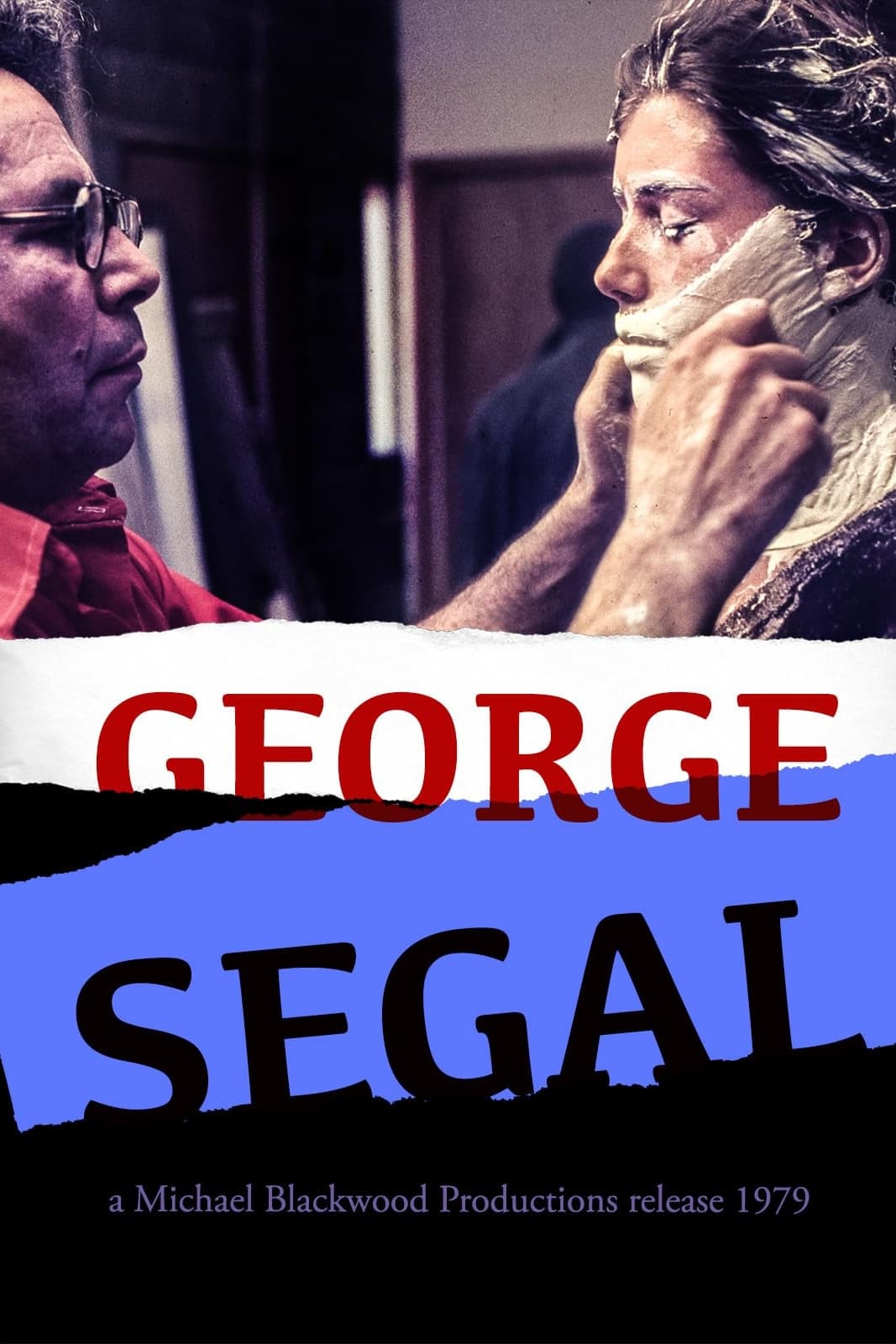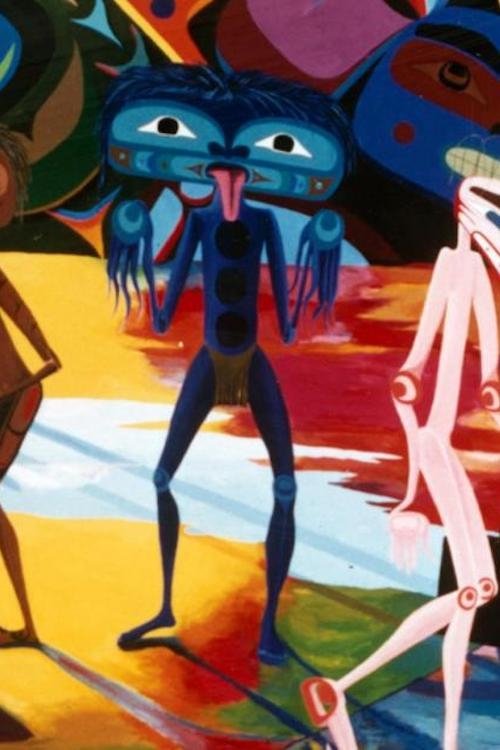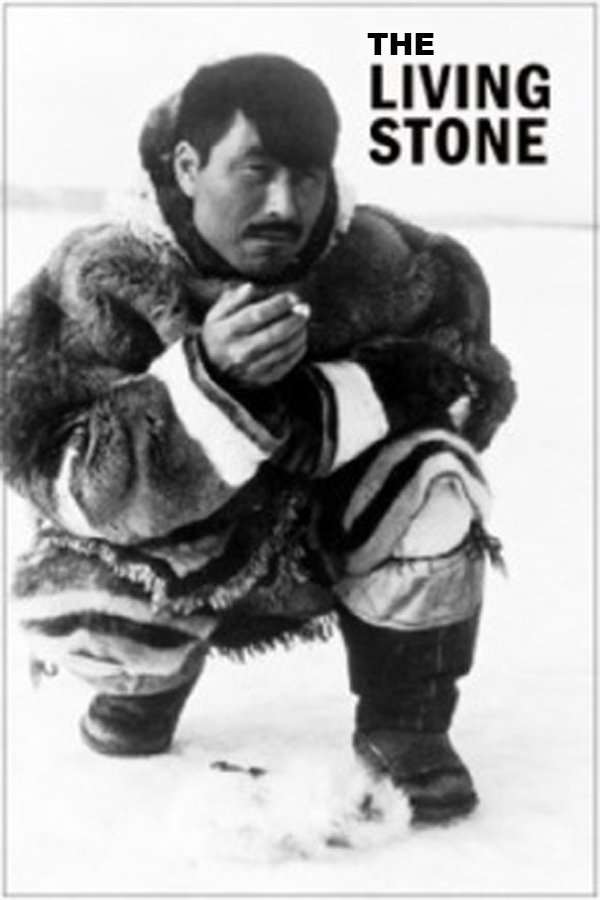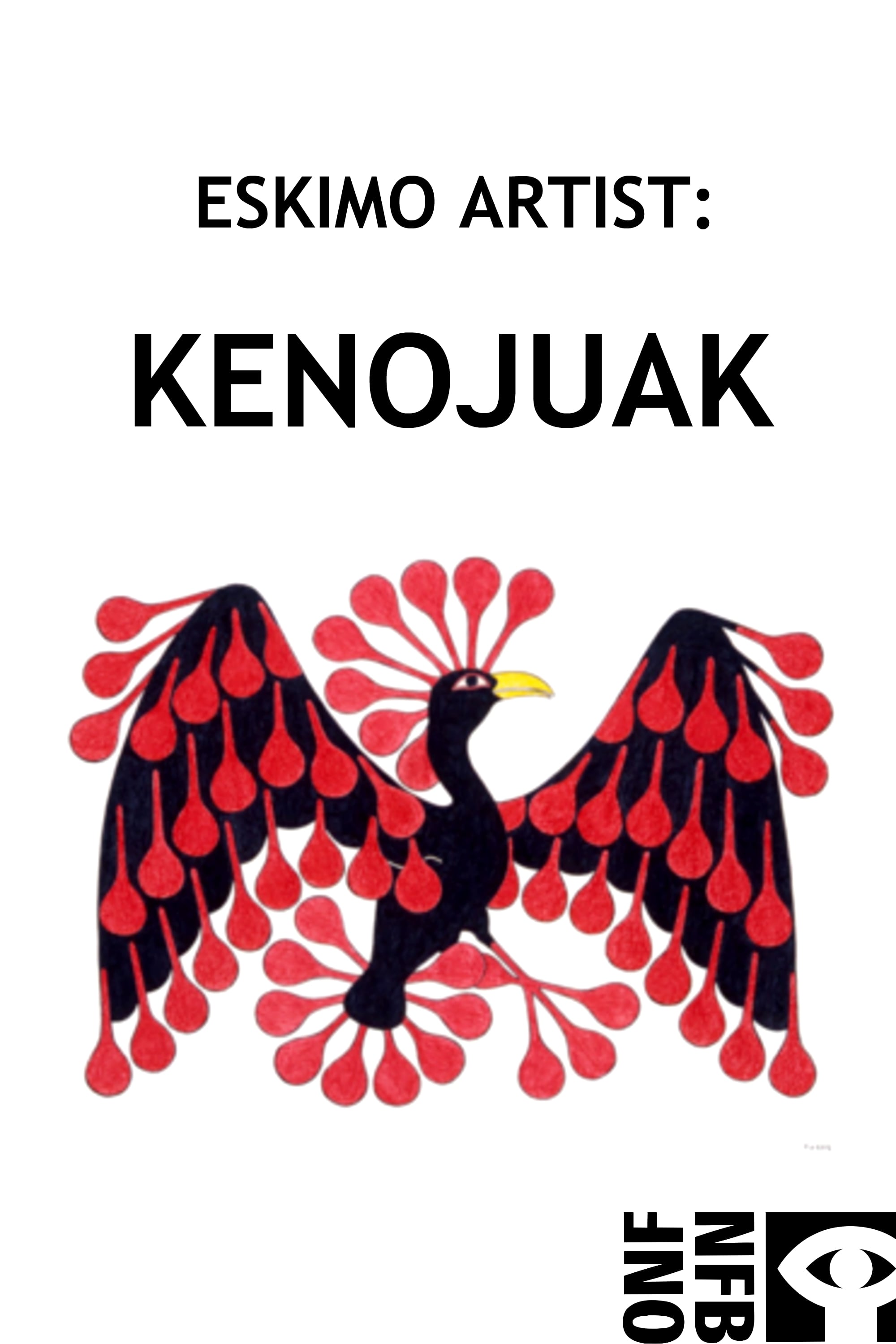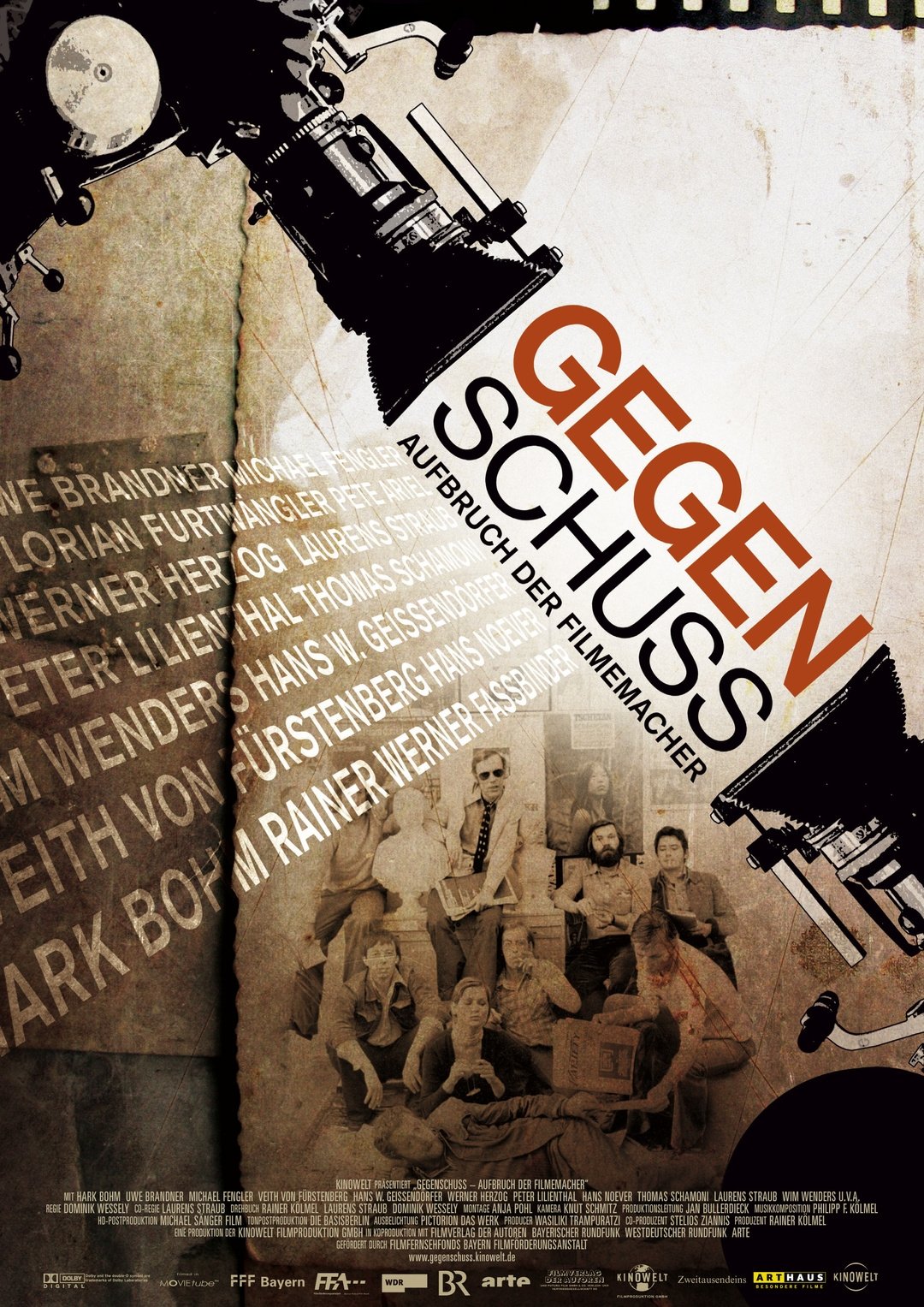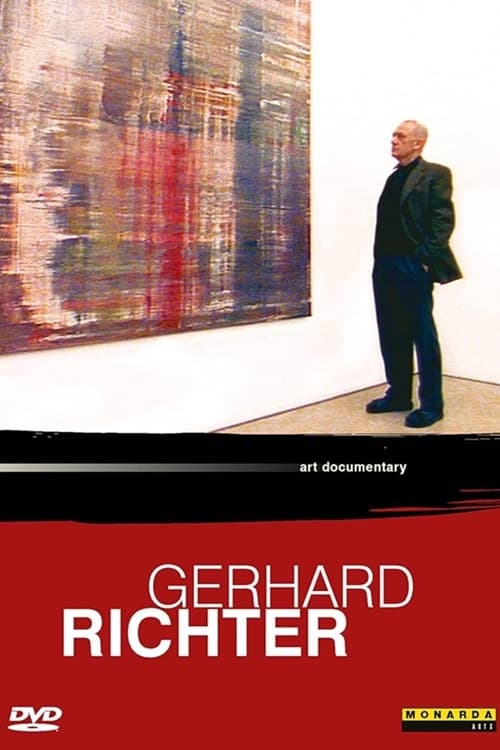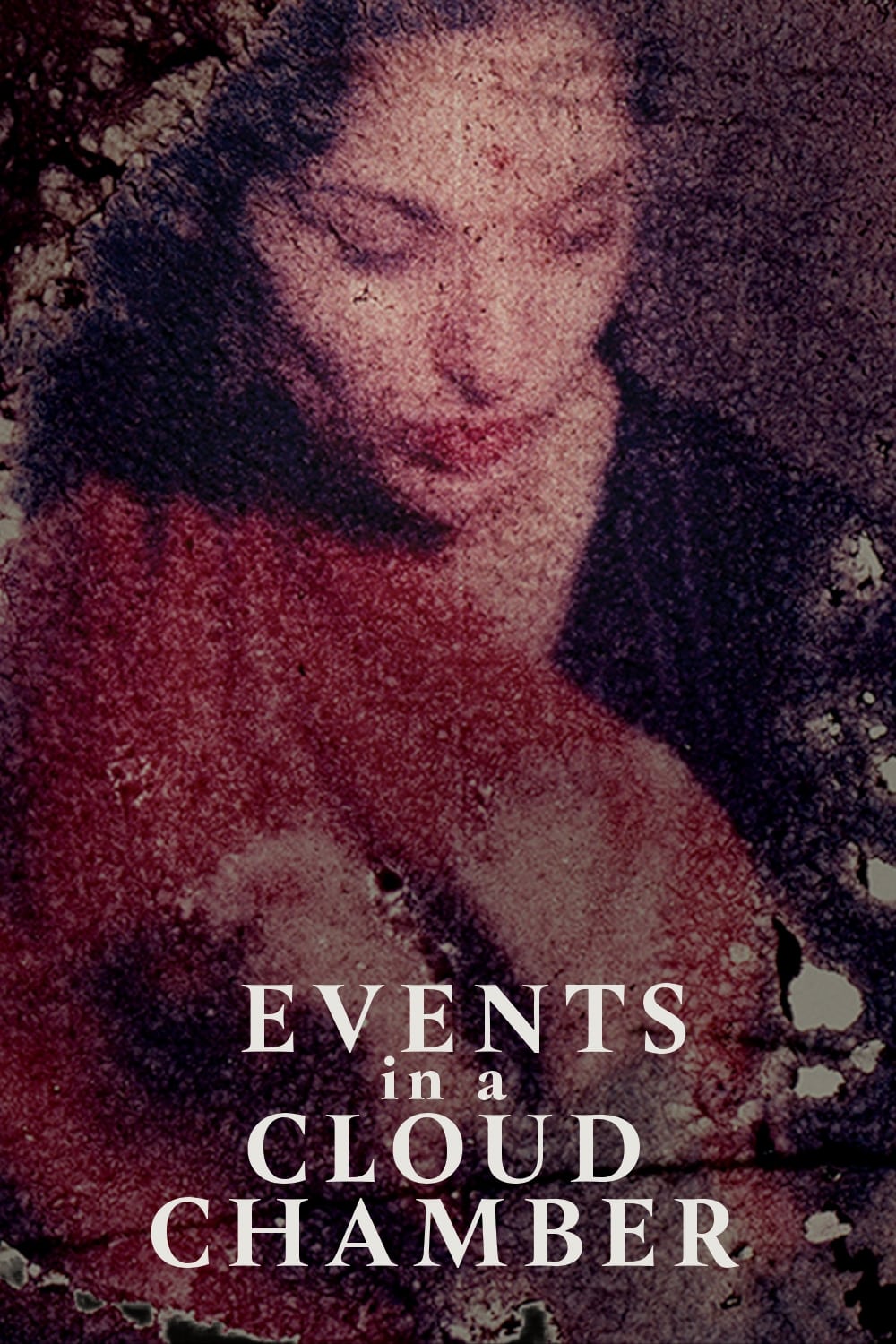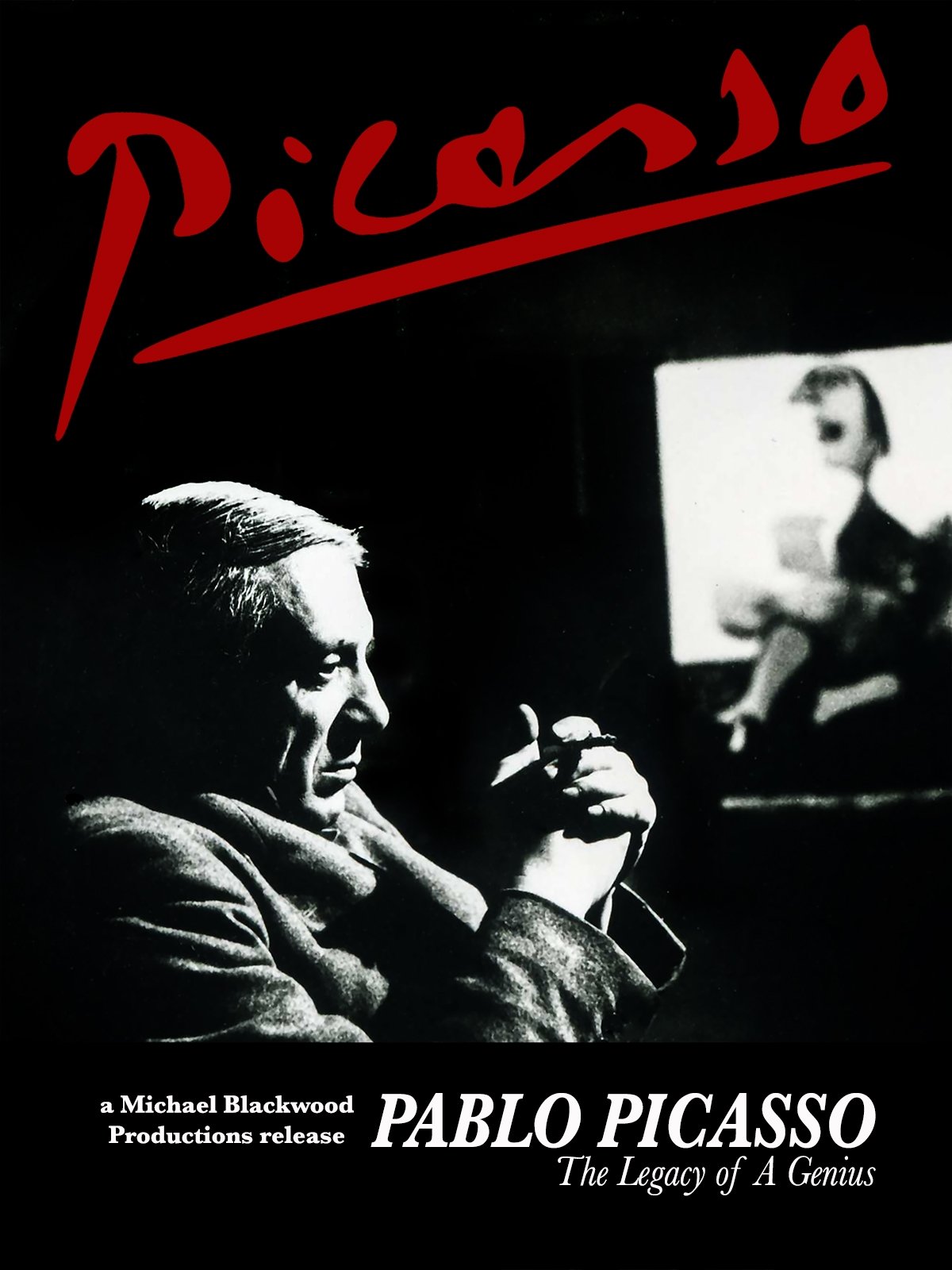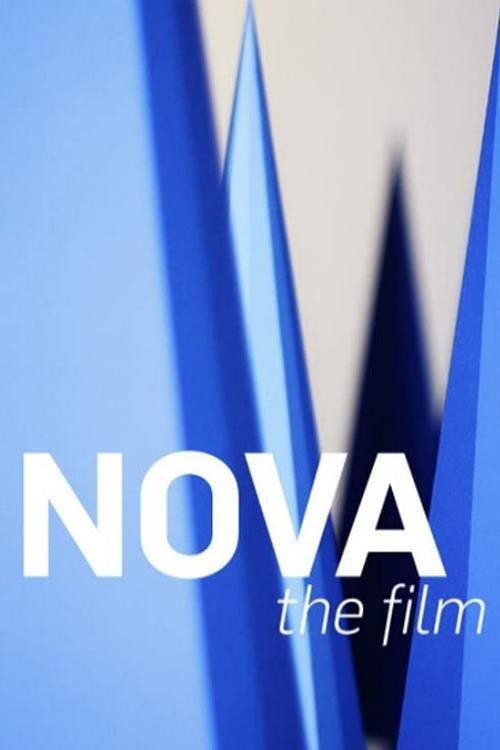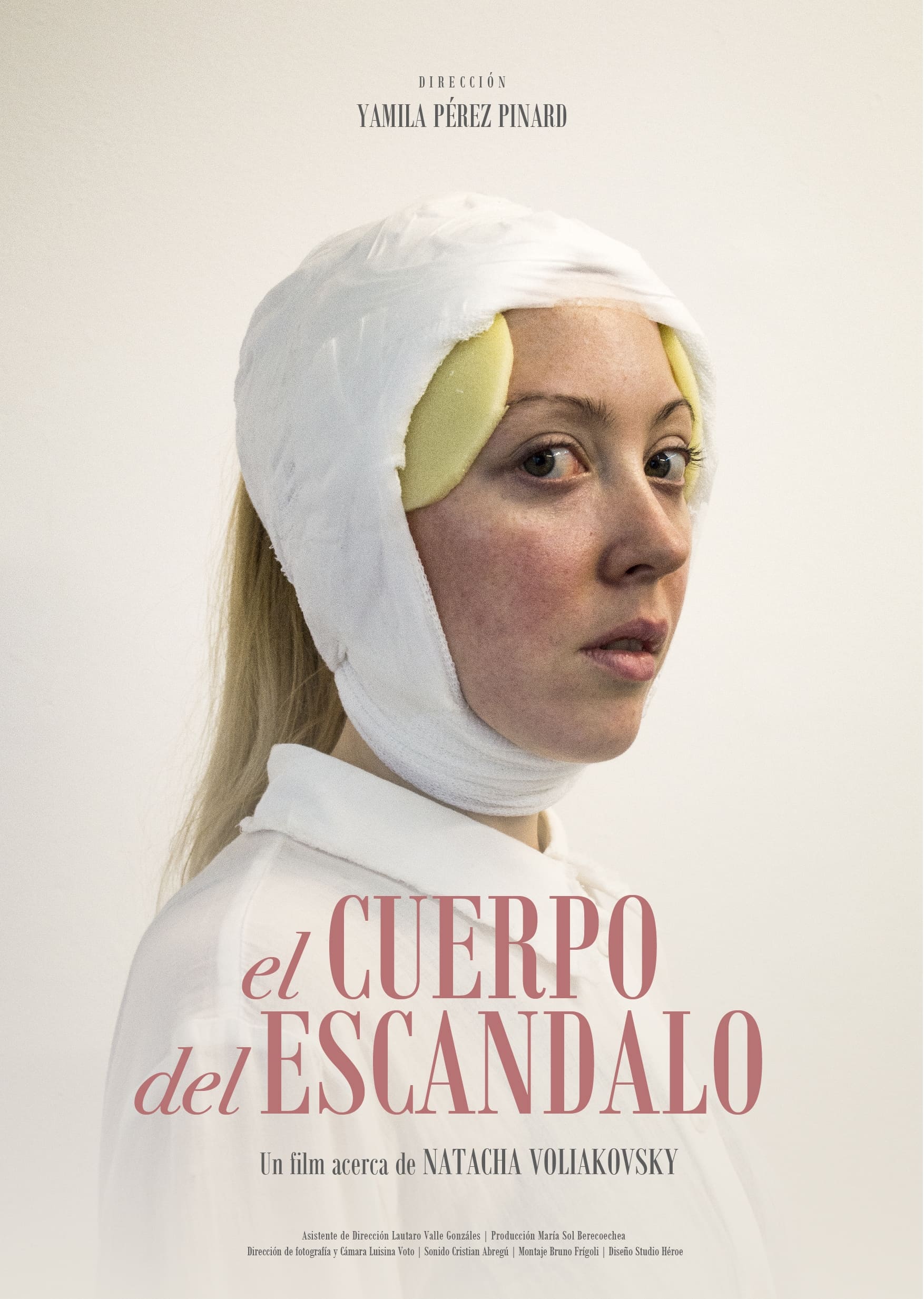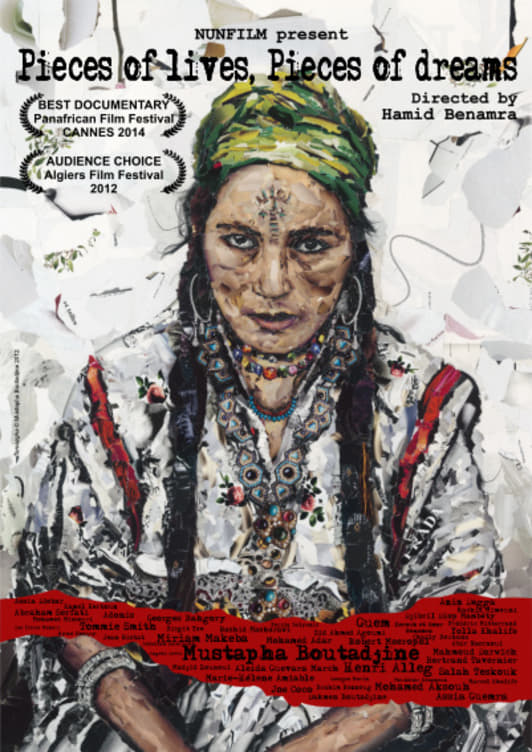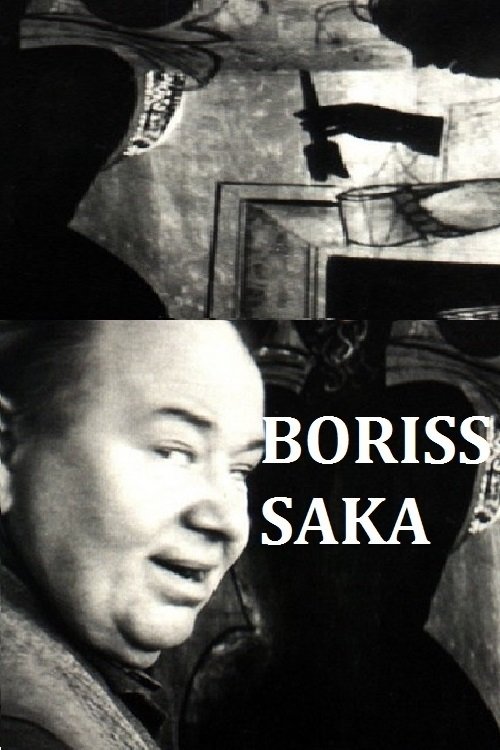
Boris Says (2000)
Overview
Latvian painter Boriss Bērziņš talks about life and art in his workshop. A documentary that was awarded "Lielais Kristaps" for best debut.
Production Companies
Additional Info
| Budget | $0.00 |
|---|---|
| Revenue | $0.00 |
| Original Language | lv |
| Popularity | 0.286 |
Directed By
Olafs Okonovs
Crew
Olafs Okonovs
Laima Slava
Laima Slava
Uldis Jancis
Normunds Deinats
TOP CAST
Similar Movies
Die Markus Family
This film tells the story of Markus Anatol Weisse, who, astonishingly enough, became an artist, in spite of being only very partially sighted. Markus also builds strange machine-like beings and wishes that he himself were a biological robot, or cyborg.
Jesus Christ Saviour
Klaus Kinski has perhaps the most ferocious reputation of all screen actors: his volatility was documented to electrifying effect in Werner Herzog’s 1999 portrait My Best Fiend. This documentary provides further fascinating insight into the talent and the tantrums of the great man. Beset by hecklers, Kinski tries to deliver an epic monologue about the life of Christ (with whom he perhaps identifies a little too closely). The performance becomes a stand-off, as Kinski fights for control of the crowd and alters the words to bait his tormentors. Indispensable for Kinski fans, and a riveting introduction for newcomers, this is a unique document, which Variety called ‘a time capsule of societal ideals and personal demons.’
Placebo: Alt.Russia
As the band Placebo approach their 20th Anniversary they were given a unique opportunity to play ten cities throughout Russia. In a time when Russia was at the forefront of the world’s current affairs, little was actually reported outside Russia about the internal culture of the country. Fronted by Placebo’s Stefan Olsdal, the film explores the alternative cultures that are present within Russia’s major cities. As the tour travelled through the country the band went out and met various artists, architects, animators and musicians, finding out about the alternative creative culture and celebrating all they have to offer. From Krasnoyarsk in Siberia to St. Petersburg on the Baltic Sea, Placebo: Alt.Russia takes you on the band’s journey through Russia, meeting great characters on the way, investigating the alternative culture in Russia, and taking in the raw emotions of Placebo’s powerful concerts.
Hand-Drawn: Documentary
An indie documentary exploring the art form of hand-drawn animation through a contemporary lens in the digital era. Featuring insights and anecdotes by hand-drawn animation artists from around the world.
Larry Wessel's Palace of Wonders
Larry Wessel invites you to explore the phantasmagorical worlds created by a variety of artists, writers, photographers, musicians and collectors.
George Segal
George Segal constructs a type of human form and vulnerability that feels rare in the world of sculpture. As we follow his process at the isolated New Jersey farmhouse that serves as his studio, the intimacy between Segal and his art is contagious. He casts people who he knows, respects and admires, making the final outcome of the piece seep with personality and humanity. Segal is focused on creating a mold that does not necessarily subscribe to society’s notion of beauty. Originally released in 1979.
The Kingdom of Dreams and Madness
Follows the behind-the-scenes work of Studio Ghibli, focusing on the notable figures Hayao Miyazaki, Isao Takahata, and Toshio Suzuki.
Yuxweluptun: Man of Masks
This short documentary serves as a portrait of Lawrence Paul Yuxweluptun, one of Canada's most important painters. We meet him at the Bisley Rifle Range in Surrey, England, where he's literally shooting the Indian Act in a performance piece called "An Indian Shooting the Indian Act." It's in protest of the ongoing effects of the Act's legislation on Indigenous people. We then follow him back to Canada, for interviews with the artist and a closer look at his work.
The Living Stone
The Living Stone is a 1958 Canadian short documentary film directed by John Feeney about Inuit art. It shows the inspiration behind Inuit sculpture. The Inuit approach to the work is to release the image the artist sees imprisoned in the rough stone. The film centres on an old legend about the carving of the image of a sea spirit to bring food to a hungry camp. It was nominated for an Academy Award for Best Documentary Short.
Eskimo Artist: Kenojuak
This documentary shows how an Inuit artist's drawings are transferred to stone, printed and sold. Kenojuak Ashevak became the first woman involved with the printmaking co-operative in Cape Dorset. This film was nominated for the 1963 Documentary Short Subject Oscar.
Brush with Life: The Art of Being Edward Biberman
This documentary brings alive a remarkable artist’s passionate journey through a turbulent century. Both epic and surprisingly intimate, the film presents a classic American immigrant saga, an inspiring search for artistic independence, and a great romance. Along the way, Biberman's growing commitment to social justice and struggle against McCarthy-era repression (his brother, director Herbert Biberman, went to prison as one of The Hollywood Ten) combine with his efforts to create both a loving family life and a groundbreaking body of work. With its grand scope, rich personalities, and vast array of breathtaking artwork, Brush With Life connects us in a deeply personal way to a brilliant artist who lived by the same high standards he set for his paintings.
Mary Deboutez Zellmer Fenoglio
An intimate portrait filmed across 10 years of Mary, a charismatic and complex woman, born and raised in rural Kansas, USA. She runs a curiosity shop out of her front yard, builds giant furniture and dreams of becoming an artist one day.
Gerhard Richter
Described in Art Review as the world’s most influential and expensive living artist, the German painter Gerhard Richter was enjoying enormous success in London with his retrospective show at Tate Modern entitled Panorama in 2011. This particular film was made some years ago at the time of his equally successful American retrospective at MOMA entitled “40 Years of Painting” and charts his entire artistic career. Born in Dresden in 1932, the year before Hitler came to power, Richter later grew up in communist East Germany, before escaping to the West just before the Wall went up in Berlin. Since then he has produced a large diverse body of work from his blurred photobased paintings to his gigantic abstractions, from his Baader Meinhof pictures to his perceptual installations using sheets of glass. Gerald Fox’s film caught up with the artist at his home in Cologne where he was undergoing a period of quiet reflection and preparation before beginning a new series of paintings.
Events in a Cloud Chamber
In 1969, Akbar Padamsee, one of the pioneers of Modern Indian painting, made a visionary 16mm film called Events in a Cloud Chamber. This was one of the only Indian experimental films ever made. The print is now lost and no copies exist. Over 40 years later, filmmaker Ashim Ahluwalia worked with Padamsee, now 89 years old, to remake the film.
Pablo Picasso: The Legacy of a Genius
An assessment of the 20th century's best known artist and his vast achievements through the insights and speculations of over a dozen participants. Filmed on the 100th anniversary of Picasso's birth at MoMA, Musée Picasso, Walker Art Center, Museu Picasso Barcelona. Featuring Henry Moore, Anthony Caro, David Hockney, Roy Lichtenstein, Robert Rosenblum, Clement Greenberg, Roland Penrose and others.
Nova the Film
An inspiring 75min DIY documentary film on new art and the young artists behind it. It was all filmed on the heat of live action of the first NOVA Contemporary Culture Festival, July and August 2010 in São Paulo, Brazil.
Pieces of Lives, Pieces of Dreams
Algerian director Hamid Benamra turns his focus to Mustapha Boutadjine, a charming, mercurial collage artist in Paris whose very work methods embody resistance, and celebrate those who work to liberate others. Boutadjine creates his portraits of Third World artists such as Miriam Makeba, and Algerian figures such as Assia Djebar from pieces of paper torn from high end fashion magazines and other, glossy, glitzy publications. Using this material is as much an act of rejecting bourgeois standards, which are often anti-North African in France, as much as elevating these figures and making them the social and visual standard against which we should judge ourselves, not the runway models of Chanel.
